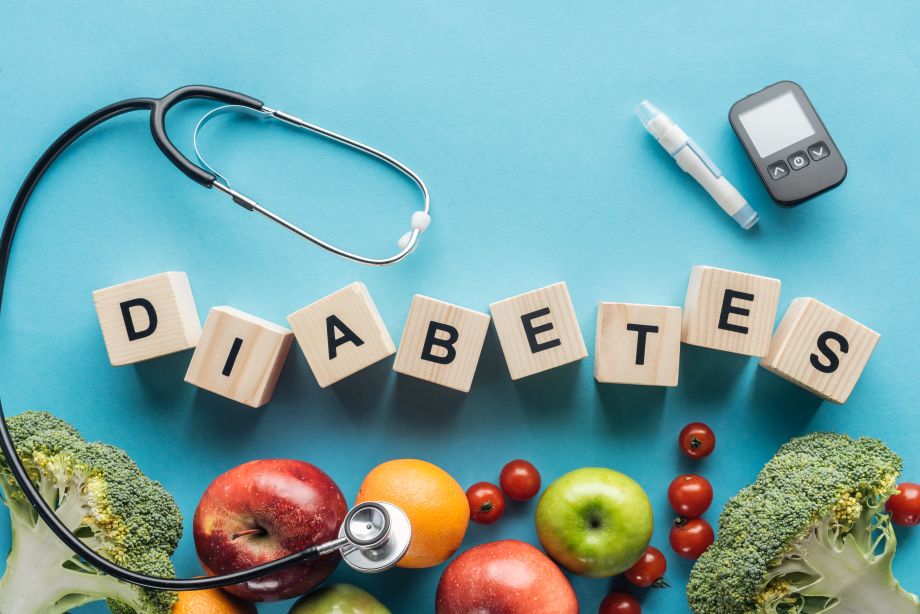The signs and symptoms of Type 2 Diabetes often develop slowly. In fact, you can have Type 2 Diabetes for years and not know it.
Here are some signs of Type 2 Diabetes:
- Increased thirst
- Frequent urination
- Increased hunger
- Unintended weight loss
- Fatigue
- Blurred vision
- Brain fog
- Slow healing of sores
- Frequent infections
- Areas of dark skin, usually in the armpits and around the neck.
If you feel you have some of the signs of diabetes, speak with a medical professional. Routine blood work can determine your blood sugar level.
Some people are more at risk of developing Type 2 Diabetes. Here are some of the risk factors:
Weight
Being overweight is a main risk factor for developing Type 2 Diabetes.
Fat Distribution
If you have fat stored in your abdomen, you have a greater risk than if fat is stored elsewhere, such as your hips or thighs.
Likelihood of developing diabetes increases for a man with a waist circumference of more than 40 inches, and for a woman with a waist circumference more than 35 inches.
Inactivity
The less active you are, the greater your risk. Physical activity helps you control your weight because it utilizes the glucose in your blood as energy and increases your cells sensitivity to insulin.
Family History
Your risk of developing Type 2 Diabetes increases if your parents or siblings have, or had, diabetes.
Age
The risk of Type 2 Diabetes increases as you get older, especially after age 45. However, currently, Type 2 Diabetes is increasing dramatically among children, adolescents and younger adults.
Pre-Diabetes
Pre-diabetes is a condition in which your blood sugar level is higher than normal, but not high enough to be classified as diabetes. Left untreated, pre-diabetes progresses to Type 2 Diabetes usually within 5 years.
Gestational Diabetes
If you had gestational diabetes when pregnant, or you gave birth to a baby weighing more than 9 pounds, your risk for Type 2 Diabetes is increased.
Polycystic Ovary Syndrome (PCOS)
Polycystic Ovary Syndrome is a syndrome affecting some women and is characterized by irregular menstrual periods, excess hair growth and obesity. The risk of developing diabetes is increased for women who have PCOS.
Type 2 Diabetes can be easy to dismiss, especially in the early stages when you feel fine. However, elevated blood sugar levels and diabetes negatively affects many parts of the body, including the heart, blood vessels, nerves, eyes and kidneys. Controlling your blood sugar levels as you age is vital to staying healthy and avoiding numerous problematic health issues.
Here are some things you can do to improve blood sugar levels:
- Eat a healthy diet that includes protein, plenty of non-starchy vegetables, and a small amount of fruit. In fact, most people should limit their fruit intake to a handful of berries each day.
- Avoid eating sugar, a high amount of carbohydrates and processed foods.
- Increase your activity level. Whatever exercise you like to do, do more of it. If you are just starting an exercise program, increase your activity level slowly to protect yourself from injury.
- Lose weight, especially abdominal fat, which is particularly harmful to health.

